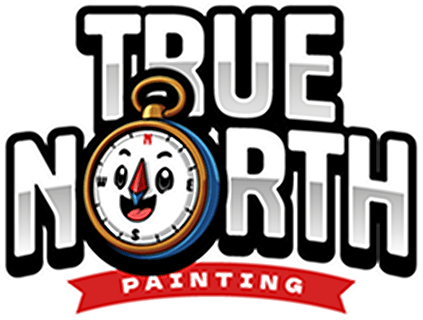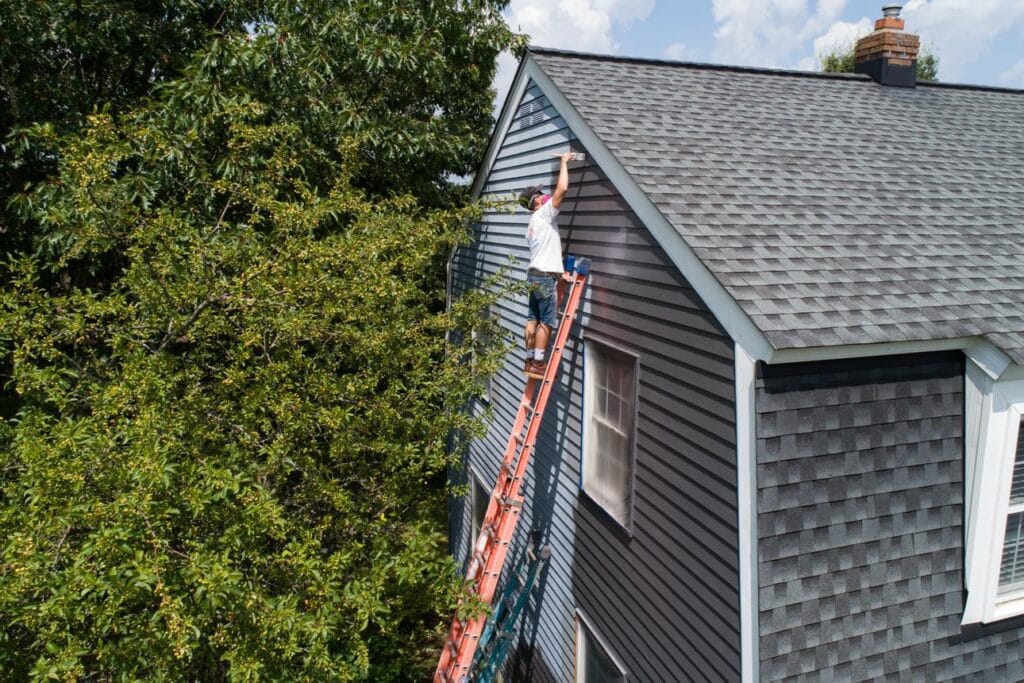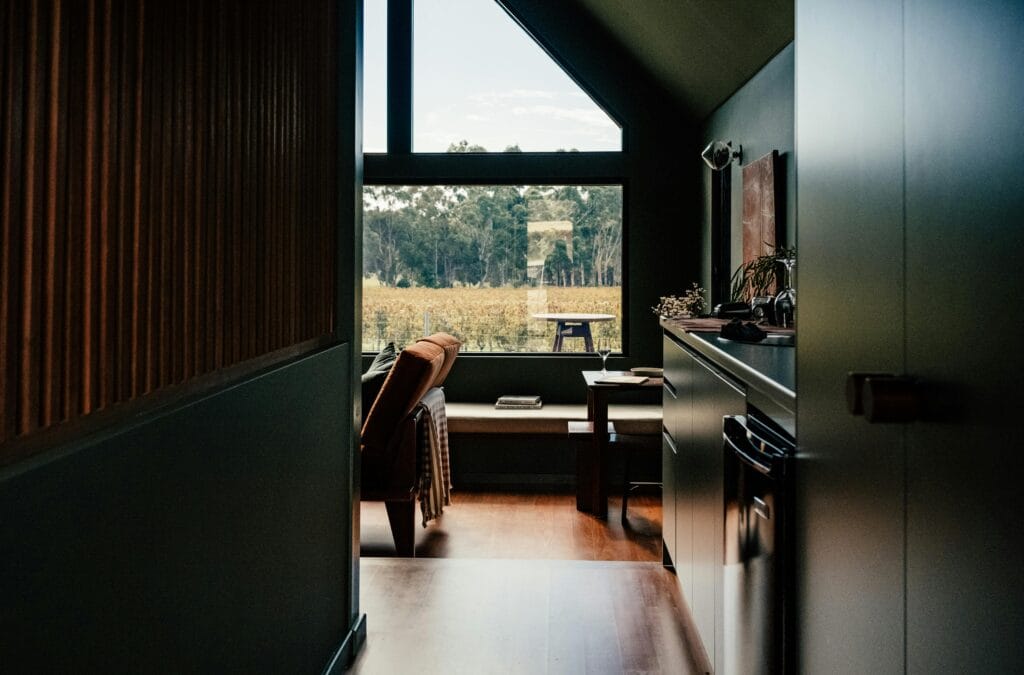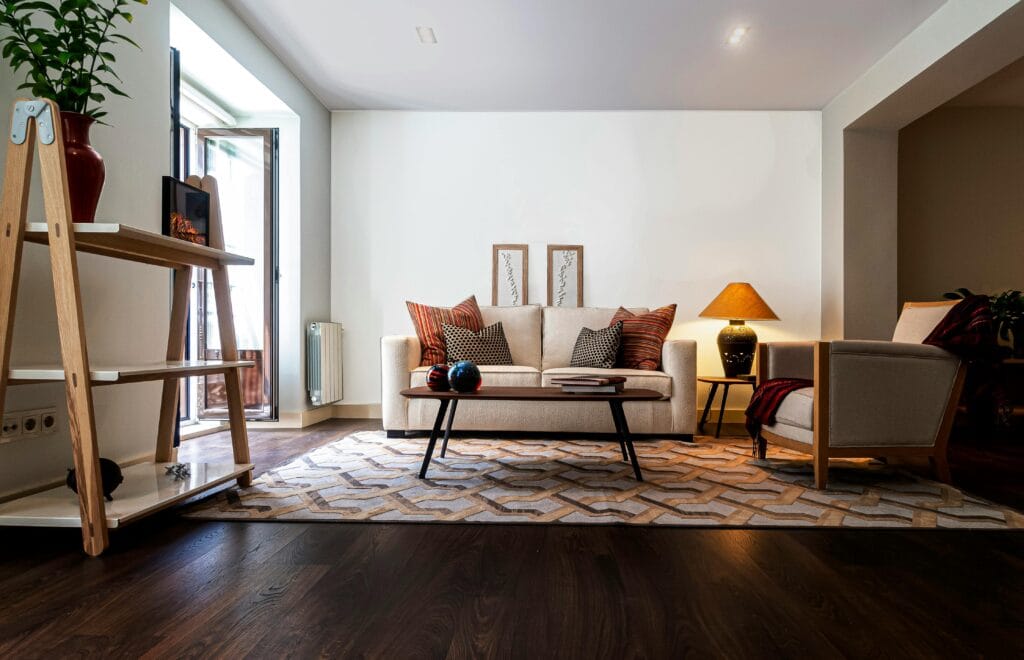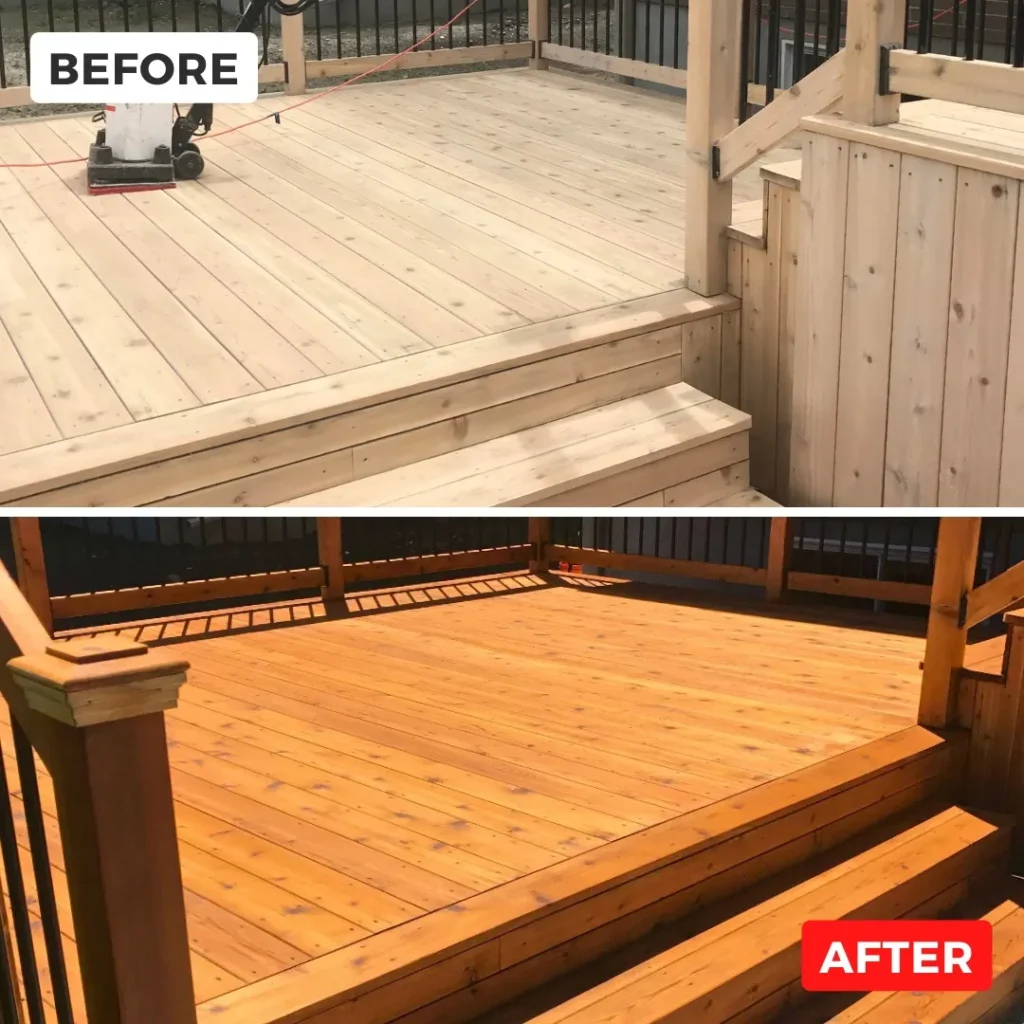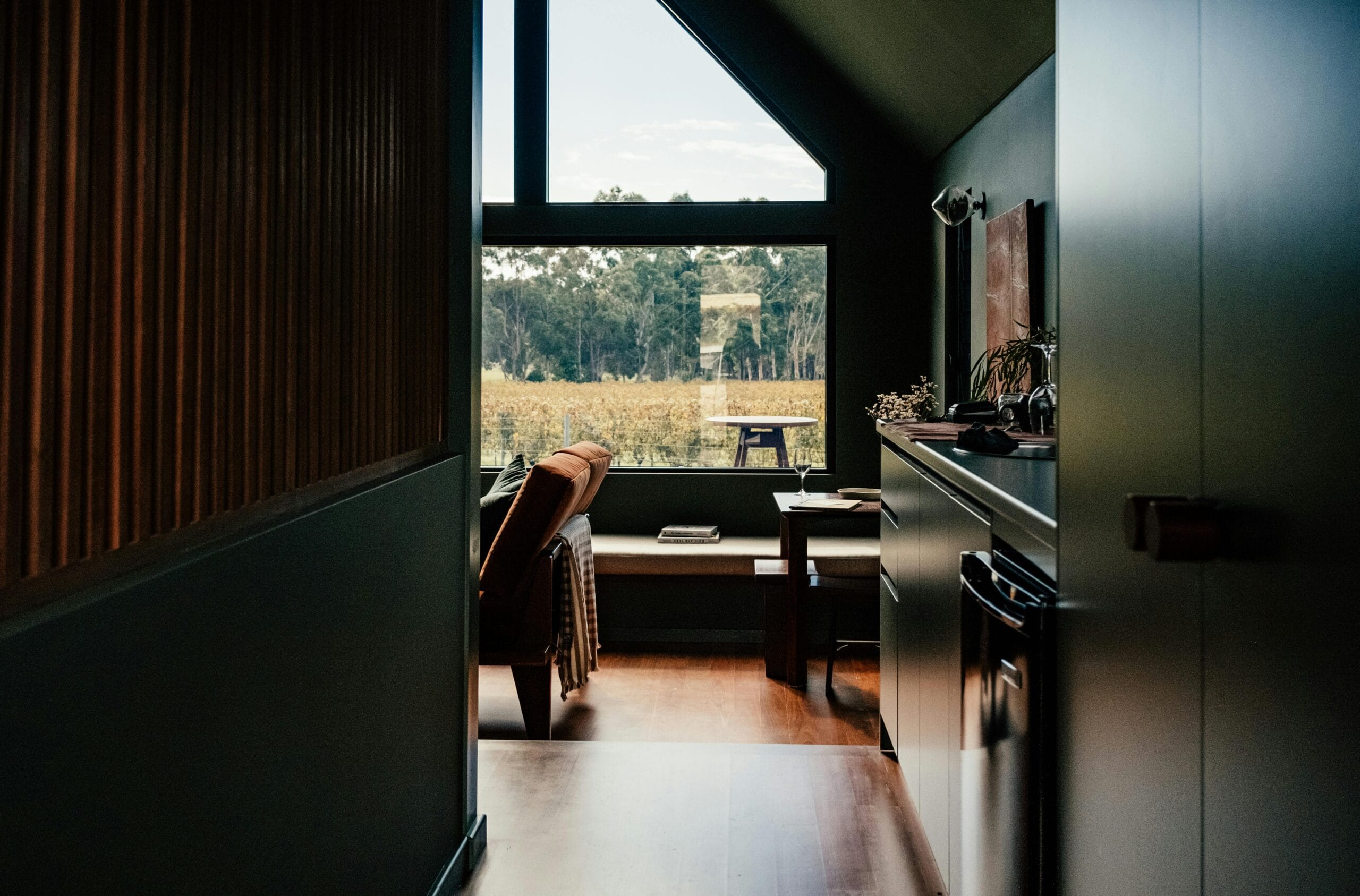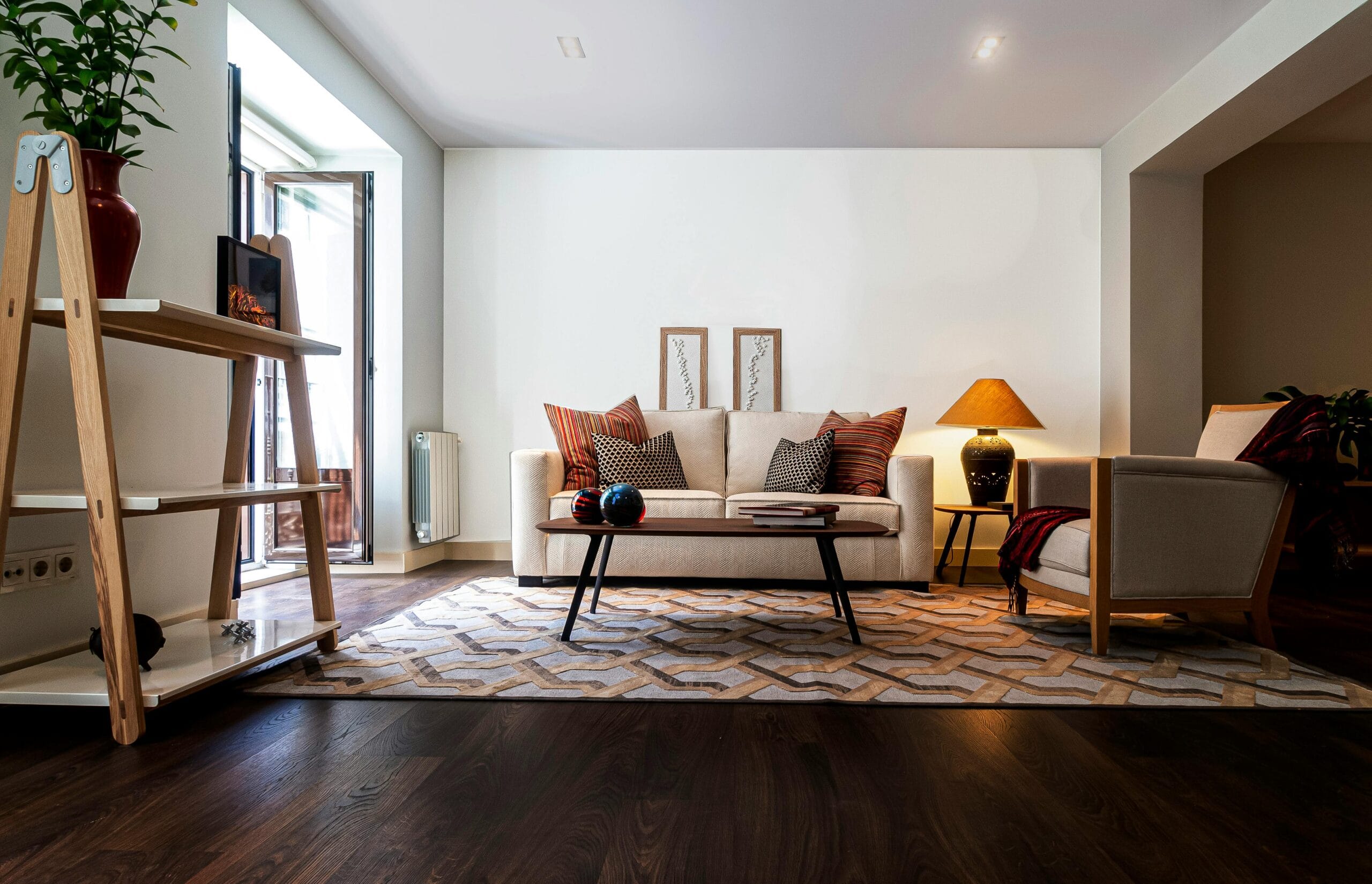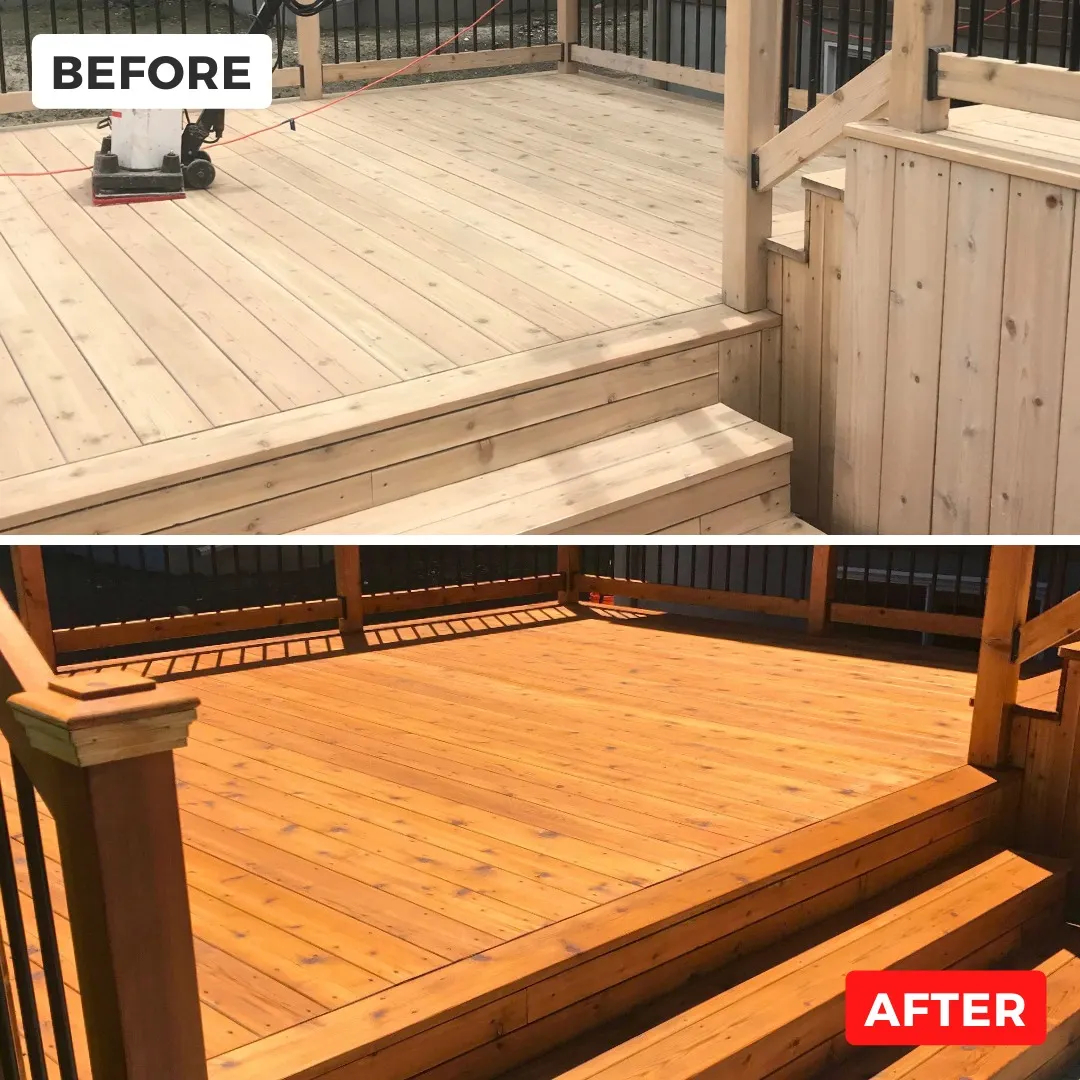When it comes to exterior house painting, the right approach can make all the difference in ensuring a durable, weather-resistant, and visually appealing finish. A well-painted exterior not only boosts your home’s curb appeal but also protects it from moisture, sun exposure, and temperature changes.
At True North Painting, we specialize in high-quality exterior painting that stands the test of time. In this guide, we’ll walk you through expert house painting tips, from prep work to choosing the best paint for home exteriors, and maintenance strategies to extend the life of your paint job.
Why Exterior House Painting Matters
Painting your home’s exterior is more than just a cosmetic update—it’s a protective shield against the elements. A properly painted exterior can:
✔ Prevent Moisture Damage: Seals wood, stucco, and siding against rain and humidity.
✔ Reduce Sun & UV Damage: Reflects heat and prevents fading and cracking.
✔ Enhance Curb Appeal: A fresh coat of paint makes your home look well-maintained and inviting.
✔ Increase Property Value: A well-painted home can boost resale value and attract buyers.
Step 1: Proper Prep Work for a Lasting Finish
A flawless exterior paint job starts with thorough preparation. Skipping these steps can lead to peeling, cracking, and uneven coverage.
1. Clean the Surface
Before applying any paint, it’s essential to remove dirt, mold, and peeling paint. Use:
- Pressure washing for siding, brick, or stucco.
- Scrubbing with a mild detergent for areas with built-up grime.
- Mold and mildew remover for damp, shady spots.
2. Repair Any Surface Damage
Check for cracks, holes, or wood rot that could affect paint adhesion.
- Patch holes and cracks with exterior caulk or filler.
- Replace rotted wood to prevent future damage.
- Sand rough surfaces to ensure smooth application.
3. Scrape Off Old, Peeling Paint
If your home has chipping or peeling paint, scrape off loose layers before priming. This ensures a smooth and even new coat.
4. Apply a High-Quality Primer
Primer creates a strong bond between the surface and the topcoat, preventing blistering and peeling.
- Use an oil-based primer for wood surfaces.
- Opt for a masonry primer on stucco or brick.
- Tint the primer to match the paint color for better coverage.
Step 2: Choosing the Best Paint for Home Exteriors
Not all paints are created equal—selecting the right type of exterior paint is crucial for durability and weather resistance.
1. Acrylic vs. Oil-Based Paint
✔ Acrylic Paint: Most popular choice, flexible, and resists cracking and fading.
✔ Oil-Based Paint: More durable but takes longer to dry and is harder to clean.
2. Best Paint Finishes for Exterior Painting
- Flat Finish: Great for hiding surface imperfections but less durable.
- Satin or Eggshell Finish: Ideal for siding, offering a slight sheen and easy maintenance.
- Semi-Gloss & Gloss Finish: Best for doors, trim, and shutters, providing a durable, wipeable surface.
3. Consider Weather & Climate
- In hot climates: Use UV-resistant paint to prevent fading.
- In humid regions: Choose mildew-resistant paint for added protection.
- In colder areas: Paint in mild temperatures (50-85°F) for best adhesion.
Step 3: Expert Painting Techniques for a Professional Finish
1. Work in the Right Weather Conditions
- Avoid painting in direct sunlight or extreme heat, as it can cause paint to dry too quickly and lead to cracks.
- Don’t paint when it’s windy or rainy, as moisture and dust can ruin the finish.
2. Apply Multiple Thin Coats
- Use two coats of paint for even coverage and better durability.
- Allow the first coat to fully dry before applying the second.
3. Use the Right Tools
- Brushes and Rollers: Best for detailed areas and smaller sections.
- Paint Sprayer: Ideal for larger surfaces, ensuring an even coat with minimal streaks.
Step 4: Maintaining Your Exterior Paint for Long-Lasting Results
Proper maintenance extends the lifespan of your exterior paint and reduces repainting frequency.
1. Wash Your Home Annually
Dirt and debris can wear down paint over time. Use a gentle pressure wash to keep your home looking fresh.
2. Inspect for Peeling or Cracks
Check for chipping, bubbling, or fading, and touch up areas as needed before major damage occurs.
3. Trim Nearby Trees & Bushes
Overgrown trees and shrubs can trap moisture and rub against painted surfaces, causing premature wear.
4. Plan for a Repaint Every 7-10 Years
The frequency of repainting depends on weather exposure, surface type, and paint quality. High-quality paints can last 10+ years, while lower-grade paints may need retouching sooner.
Why Hire a Professional Exterior Painter?
While DIY painting might seem cost-effective, hiring a professional ensures a flawless, long-lasting finish. At True North Painting, we provide:
✔ Expert Surface Preparation – No peeling, cracking, or uneven finishes.
✔ High-Quality Materials – Premium paints that stand up to harsh weather.
✔ Efficient, Hassle-Free Service – We handle everything from start to finish, saving you time and stress.
Trust True North Painting for a Beautiful, Weather-Resistant Exterior
A professionally painted home not only looks beautiful but also protects your investment for years to come. Whether you’re refreshing your home’s curb appeal or safeguarding it against the elements, True North Painting is here to help.
📞 Call us today at 440-665-6347
🌐 Visit us at truenorthpaint.com
🎨 Schedule a free exterior painting consultation and let’s give your home a stunning, long-lasting finish!
